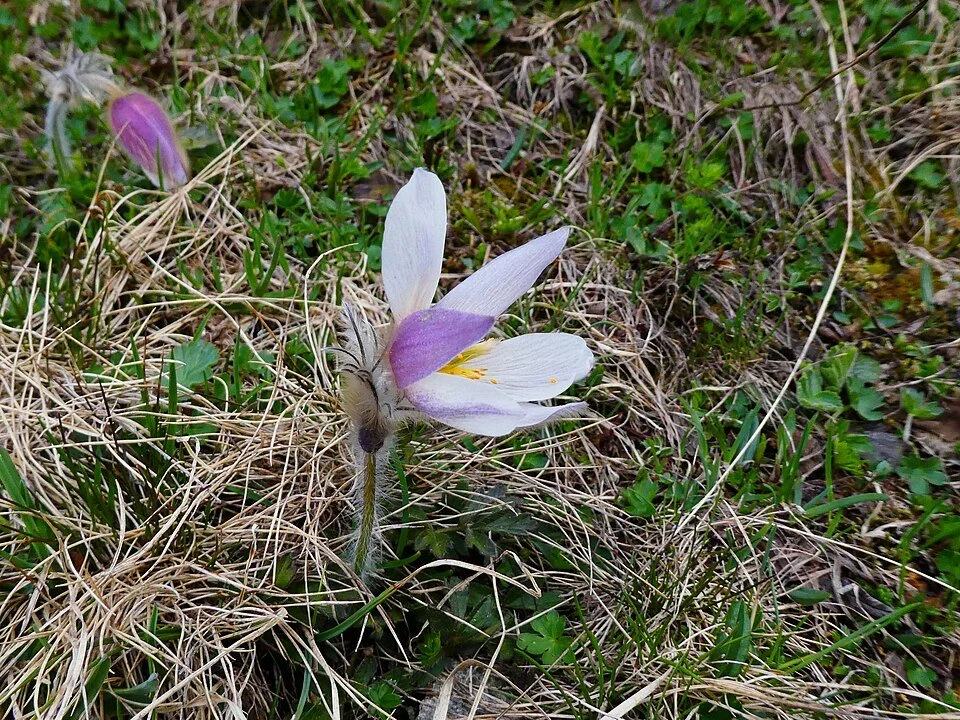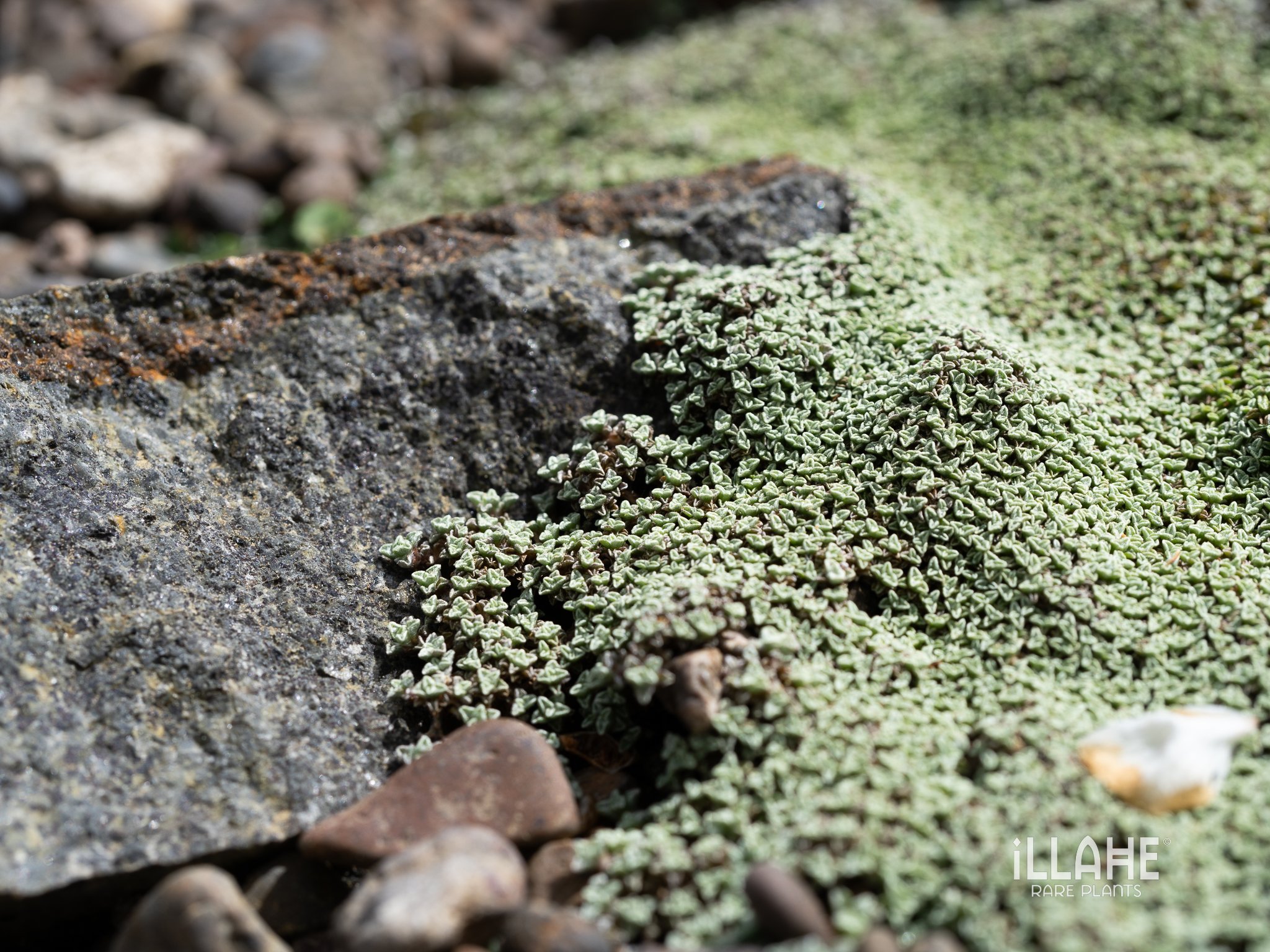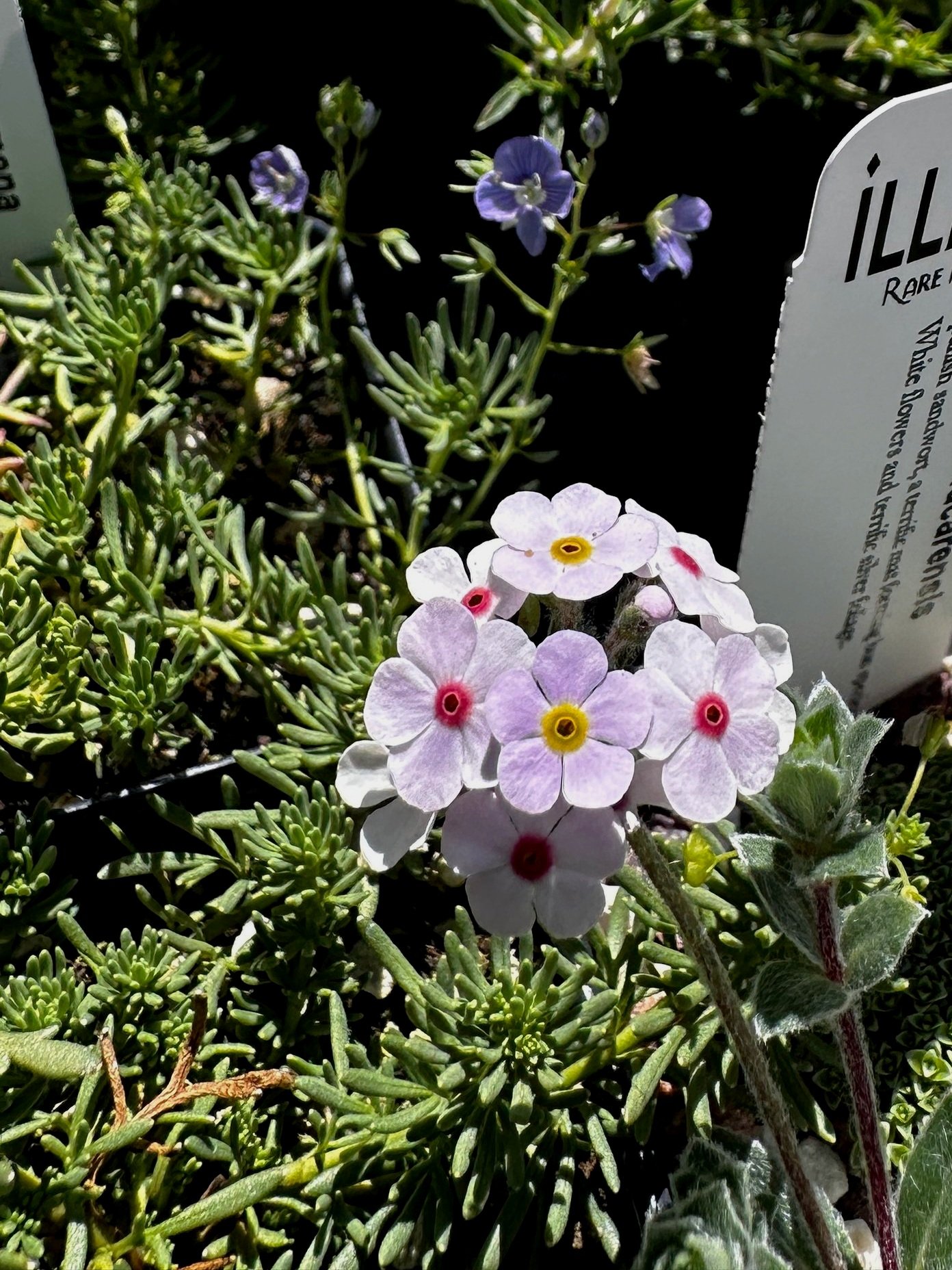

Pulsatilla vernalis
One of the most enchanting of all alpine perennials, Pulsatilla vernalis greets the earliest days of spring with silky, nodding buds wrapped in a silver down, soon opening to reveal soft, chalice-shaped flowers in shades of pale lilac to creamy white, often flushed with violet. The blossoms glow in the cool spring light, followed by the familiar feathery seed heads that carry the plant’s beauty well into summer.
Native to alpine meadows, open pinewoods, and montane grasslands across central and northern Europe, this species has evolved to withstand long winters and short, intense growing seasons. Its finely divided, ferny foliage emerges after flowering, adding a delicate texture to its compact form.
Hardy to USDA Zone 3, Pulsatilla vernalis is perfectly suited to rock gardens, alpine troughs, and raised beds where its early bloom can be appreciated up close. It thrives in sharply drained, gritty soils with full sun exposure, especially when given a sheltered but cool root run, mimicking its natural mountain habitat.
This is a true collector’s plant—slow to establish, but rewarding the patient gardener with one of the earliest and most exquisite floral displays of the alpine world.
One of the most enchanting of all alpine perennials, Pulsatilla vernalis greets the earliest days of spring with silky, nodding buds wrapped in a silver down, soon opening to reveal soft, chalice-shaped flowers in shades of pale lilac to creamy white, often flushed with violet. The blossoms glow in the cool spring light, followed by the familiar feathery seed heads that carry the plant’s beauty well into summer.
Native to alpine meadows, open pinewoods, and montane grasslands across central and northern Europe, this species has evolved to withstand long winters and short, intense growing seasons. Its finely divided, ferny foliage emerges after flowering, adding a delicate texture to its compact form.
Hardy to USDA Zone 3, Pulsatilla vernalis is perfectly suited to rock gardens, alpine troughs, and raised beds where its early bloom can be appreciated up close. It thrives in sharply drained, gritty soils with full sun exposure, especially when given a sheltered but cool root run, mimicking its natural mountain habitat.
This is a true collector’s plant—slow to establish, but rewarding the patient gardener with one of the earliest and most exquisite floral displays of the alpine world.









